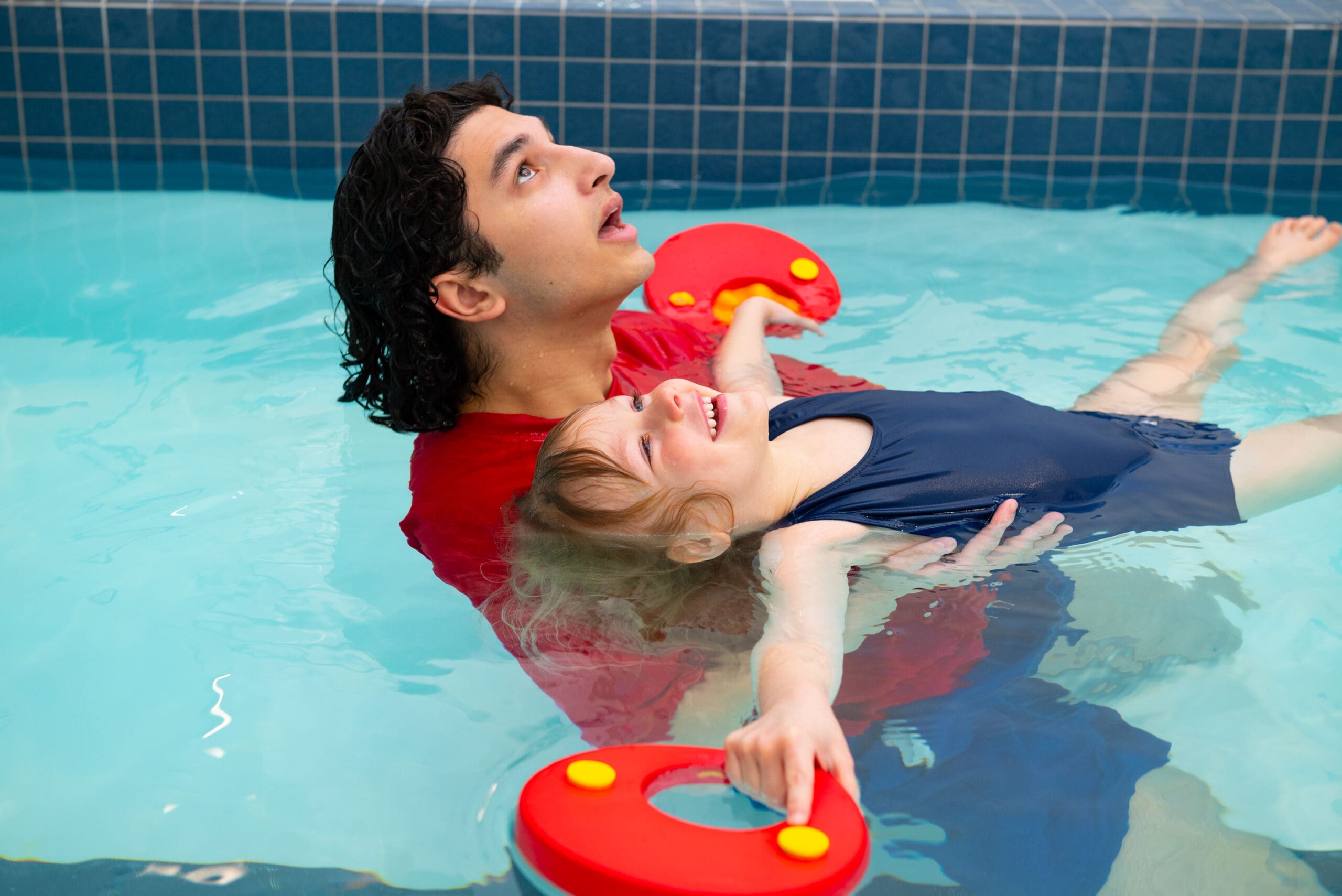
Swim lessons do more than teach water safety—they teach independence. Learn how swimming helps young children build confidence, make decisions, and trust their own abilities.
Small Swimmers, Big Steps
Independence is a major part of growing up—but for many children, learning how to do things “on their own” takes time, encouragement, and the right environment. The swimming pool offers exactly that.
At KidsCanSwim, we see independence develop in real time—from toddlers taking their first unassisted float to preschoolers confidently swimming short distances. Swim lessons create space for safe risks, real achievements, and personal decision-making, all of which contribute to a child’s growing sense of self.
1. Letting Go—Literally and Figuratively
One of the most powerful moments in any swim class is when a child lets go of the wall, the float, or their parent—and realizes they can do it on their own.
This moment of independence is not just physical. It also represents:
- Trust in their own body
- Confidence in what they’ve learned
- Willingness to try without help
- Emotional readiness to take small risks
That “I did it!” feeling becomes a cornerstone of personal growth, reinforcing the idea that effort leads to capability.
4. The Pool Teaches Natural Consequences
Swimming is a safe but honest teacher. If you stop kicking, you stop moving. If you don’t blow out your bubbles, you swallow water. These natural consequences help children learn:
- Cause and effect
- Self-correction
- Resilience after small setbacks
Instructors are there to support and guide—but kids quickly realize their actions directly impact their outcomes. This builds accountability and self-discipline, all in a positive, playful environment.
5. Encouragement Replaces Dependence
It’s common for young children to look to parents or adults for reassurance before trying something new. Swim lessons gradually reduce this dependence.
In our classes, children learn to:
- Follow instructor cues instead of relying on a parent
- Trust their body’s ability to float, move, and breathe
- Attempt skills even when no one is holding them
Parents are still a big part of the journey—but over time, kids become less dependent on external comfort and more confident in their own skills and instincts.
6. Group Lessons Support Social Independence
In a swim class, children engage with others in a safe, semi-structured environment. They learn to:
- Follow instructions without constant 1-on-1 guidance
- Observe and mimic peers
- Wait their turn
- Practice without direct assistance
These are all signs of growing social independence—and they’re crucial for preparing kids for school, daycare, sports, and everyday social settings.
7. Learning to Stay Calm in the Water Teaches Emotional Self-Reliance
Swimming often involves moments of stress—like getting splashed, submerging, or trying a new skill. Instructors teach children how to stay calm and regulated, both physically and emotionally.
These techniques might include:
- Breathing exercises
- Counting to stay focused
- Using self-talk to push through fear
- Repeating skills until they feel confident
This practice of emotional self-regulation helps children become more independent problem-solvers and more capable of managing their feelings without always needing an adult to intervene.
Independence doesn’t happen overnight—but swim lessons help plant the seed. By giving children the space to take risks, learn at their own pace, and celebrate their own progress, we give them more than just water safety—we give them freedom, confidence, and trust in themselves.
At KidsCanSwim, every float, kick, and glide is an opportunity to grow. And with each lesson, your child becomes just a little more ready to take on the world—both in and out of the water.
